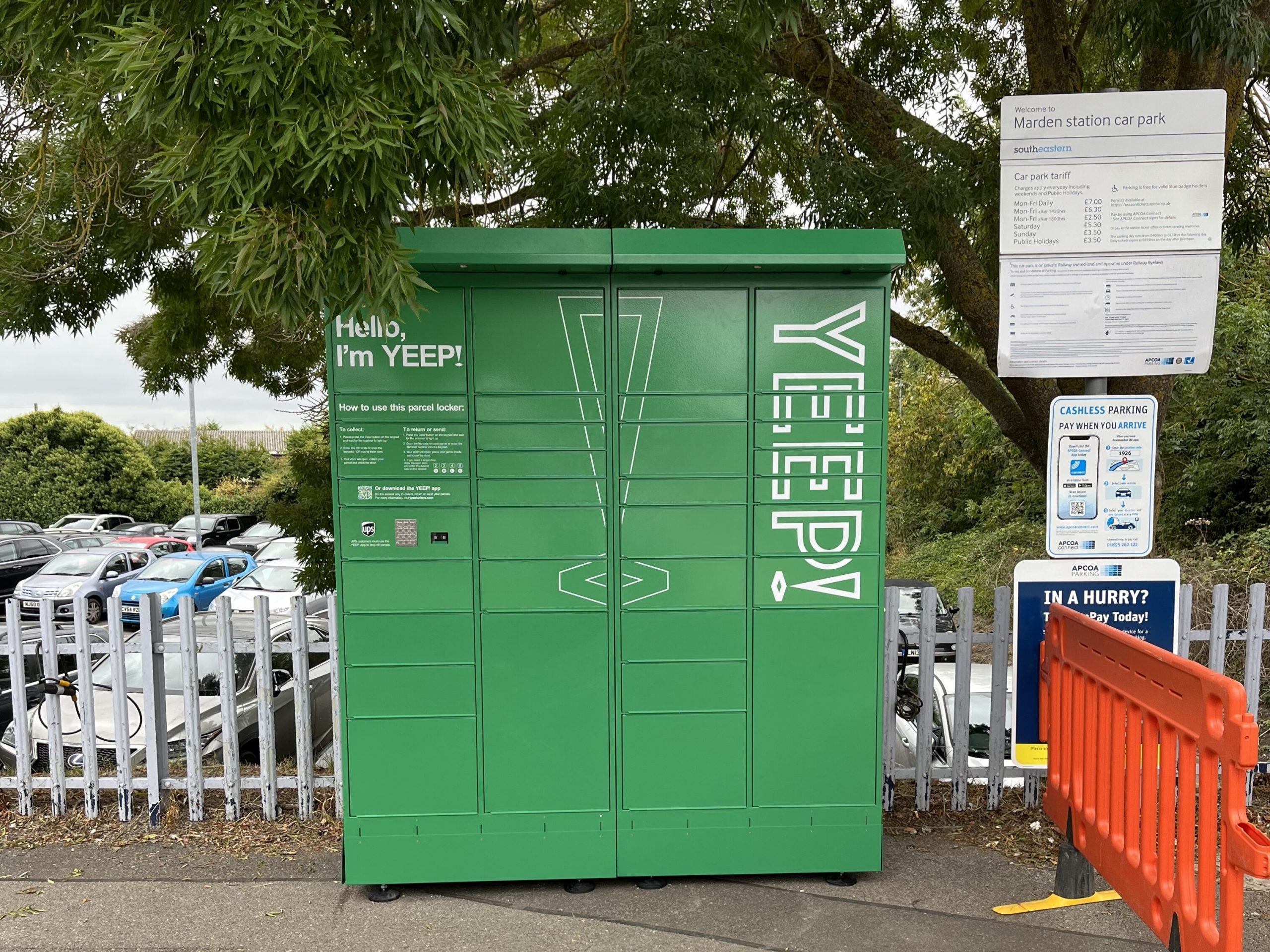Last Updated on: 2nd December 2024, 03:25 pm
Holding a real estate note and want to convert it to cash fast? Whether it’s for liquidity, reinvestment, or reducing risks, selling a real estate note can be an efficient move. Here’s a quick, no-nonsense guide to help you get it done right, with tips on selling a real estate note.
Step 1: Gather the Necessary Documentation
The first step in selling your real estate note is to gather all of the relevant documents. Potential buyers will want to see a clear and accurate picture of the note’s terms and the borrower’s payment history. The key documents include:
- The Original Real Estate Note: The document that outlines the terms of the loan, such as interest rate, term length, and payment schedule.
- Deed of Trust or Mortgage: This shows the security of the note, which is tied to the property.
- Payment History: Any records showing the borrower’s payment reliability are crucial. The stronger the payment history, the more appealing the note.
- Borrower Information: Details about the borrower, including their credit score, are often requested by buyers to assess the risk.
Having all these documents well-prepared makes it easier for buyers to evaluate the note, ultimately speeding up the selling process.
For a deeper understanding of the legal aspects of real estate notes, including deeds and mortgages, you can refer to Nolo’s guide to real estate documents.
Step 2: Determine the Value of Your Note
Understanding what your real estate note is worth is essential to getting a fair price. The value of your note depends on several factors. The principles behind asset valuation often tie back to the broader mechanisms of mortgage-backed securities.
- Interest Rate: Higher interest rates generally make a note more attractive to buyers.
- Payment History: Consistent payments can significantly increase a note’s value.
- Remaining Balance and Term: The remaining amount owed and the term of the loan will also impact how much buyers are willing to pay.
You might consider getting a professional appraisal or consulting a note buyer to help determine the market value of your real estate note.
Step 3: Find Potential Buyers
Finding the right buyer is key to ensuring a smooth and profitable transaction. You have several options:
- Private Investors: Many private investors are looking for passive income and might be interested in purchasing your note.
- Institutional Buyers: Some companies specialise in buying real estate notes. They often have established processes that can make the transaction quicker.
When evaluating potential buyers, make sure they have a solid reputation and experience in the field. You want to work with someone who understands the value of your note and can offer a fair price.
Step 4: Negotiate the Terms
Once you’ve found a buyer, it’s time to negotiate. The buyer will likely conduct due diligence to assess the risk and value of your note. This is where having a clear payment history and well-documented note details pays off.
Common negotiation points include:
- Discount Rate: Buyers often purchase notes at a discount, meaning you receive less than the remaining balance. The discount rate depends on factors like interest rate, borrower reliability, and market conditions.
- Payment Structure: Will you receive a lump sum or payments over time? Most sellers prefer a lump sum, but some buyers may offer structured payments.
The better prepared you are with your documentation and understanding of the note’s value, the stronger your position in negotiations.
Following real estate market trends to understand market conditions, can be very powerful.
Step 5: Close the Deal
Once you and the buyer agree on the terms, it’s time to close the deal. This involves signing transfer agreements and ensuring all legal aspects are covered, which might require assistance from an attorney familiar with real estate note transactions.
Closing often includes:
- Transfer of Ownership: Signing the necessary documents to legally transfer the note to the buyer.
- Escrow Services: Using an escrow service can help ensure that all conditions are met before the funds are released, providing security for both parties.
After closing, you will receive the agreed-upon payment, either as a lump sum or through structured payments, depending on your negotiation.
Why Sell Your Real Estate Note?
Selling a real estate note is often a strategic financial decision. Whether you’re looking to eliminate the risk of borrower default, improve liquidity, or simply cash out for other investment opportunities, the process can be quite rewarding if handled correctly.
Final Thoughts
Selling a real estate note doesn’t have to be complicated. By following these steps—gathering documentation, determining the note’s value, finding the right buyer, negotiating effectively, and closing the deal—you can ensure a smooth and efficient process. With the right preparation, you can convert your real estate note into cash while maximising its value, helping you move forward with your financial goals.









